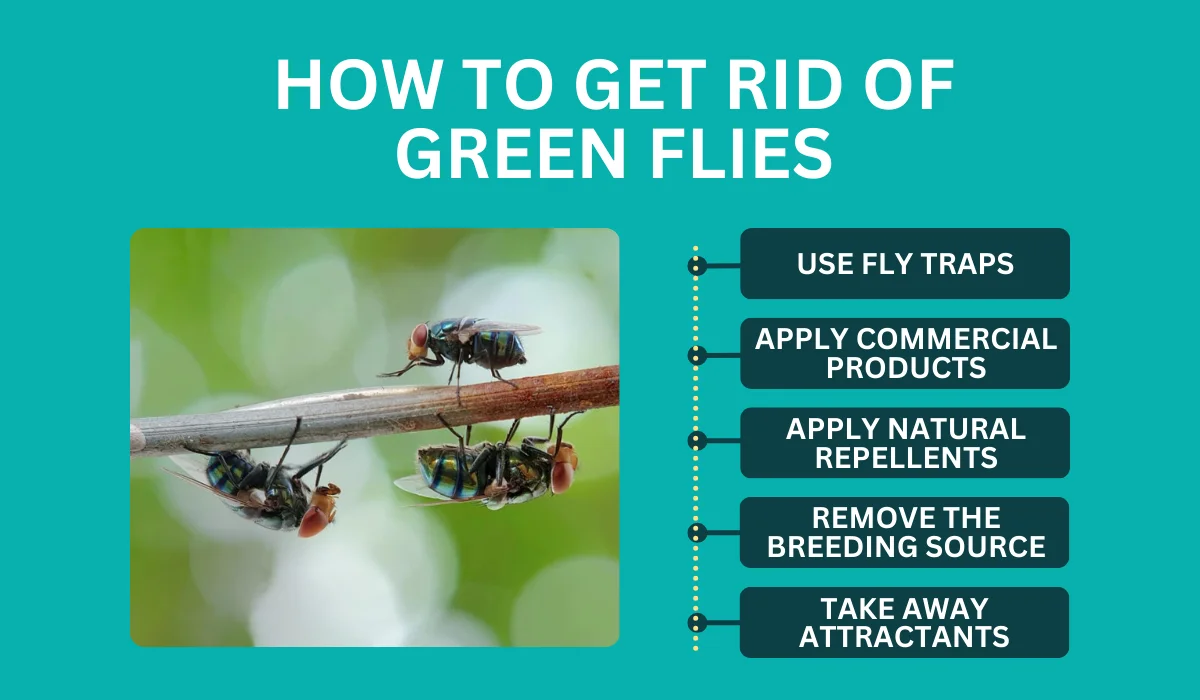Introduction
Green bottle flies can quickly become a nuisance in any garden, disrupting the natural balance and potentially harming plants and produce. These metallic green flies thrive on decaying organic matter and can multiply rapidly if left unchecked. Understanding how to get rid of green bottle flies in your garden is essential for maintaining a healthy outdoor space. This article explores practical, expert-backed methods to control and eliminate these pests, ensuring your garden stays vibrant and fly-free.
Understanding Green Bottle Flies and Their Impact
Green bottle flies, known scientifically as Lucilia sericata, are attracted to decomposing materials such as dead plants, animal waste, and rotting fruits. They play a role in nature by aiding decomposition but become problematic when their populations grow excessively in gardens.
Why Are Green Bottle Flies Harmful?
- Spread of bacteria: They can carry pathogens from decaying matter to plants and humans.
- Damage to crops: Their larvae may infest fruits and vegetables, leading to crop loss.
- Unpleasant garden experience: Swarms of flies can deter outdoor activities and reduce garden enjoyment.
Identifying Green Bottle Fly Infestations
Recognizing an infestation early helps in effective control. Look for:
- Clusters of shiny green flies around compost piles or garbage bins.
- Maggots in moist, decaying organic matter.
- A sudden increase in fly activity during warm months.
Using sticky traps or monitoring fly behavior can also help gauge infestation levels.
Proven Methods to Get Rid of Green Bottle Flies
1. Maintain Garden Cleanliness
Remove decaying organic matter promptly: Regularly clear fallen fruits, dead leaves, and plant debris to eliminate breeding grounds.
Manage compost piles carefully: Cover compost with a secure lid or use enclosed compost bins to prevent flies from accessing it.
2. Use Natural Predators and Biological Controls
Introducing beneficial insects like parasitic wasps can reduce green bottle fly populations naturally. These wasps lay eggs inside fly larvae, preventing their development.
Additionally, nematodes—microscopic worms—can be applied to soil areas to target fly larvae without harming plants.
3. Employ Physical Barriers and Traps
Fly traps: Commercial or homemade traps using bait such as sugar water or protein attractants can capture adult flies.
Screens and nets: Installing fine mesh around garden beds or compost areas limits fly access.
4. Apply Safe Chemical Controls When Necessary
If infestations become severe, use insecticides labeled for garden use, targeting flies specifically. Always follow manufacturer instructions to avoid harming beneficial insects and plants.
Preventative Tips for Long-Term Control
- Regular inspection: Check garden areas weekly for signs of flies or larvae.
- Proper waste management: Secure garbage and compost bins tightly.
- Water management: Avoid overwatering, which creates moist environments favorable for larvae.
- Plant selection: Incorporate fly-repelling plants such as basil, lavender, and mint.
Conclusion
Getting rid of green bottle flies in your garden requires a combination of cleanliness, biological controls, physical barriers, and sometimes chemical treatments. By understanding their behavior and habitat, you can implement effective strategies that protect your garden’s health and enjoy a pest-free outdoor space. Regular maintenance and proactive measures are key to keeping these flies at bay. Take action today to restore your garden’s natural beauty and balance.
